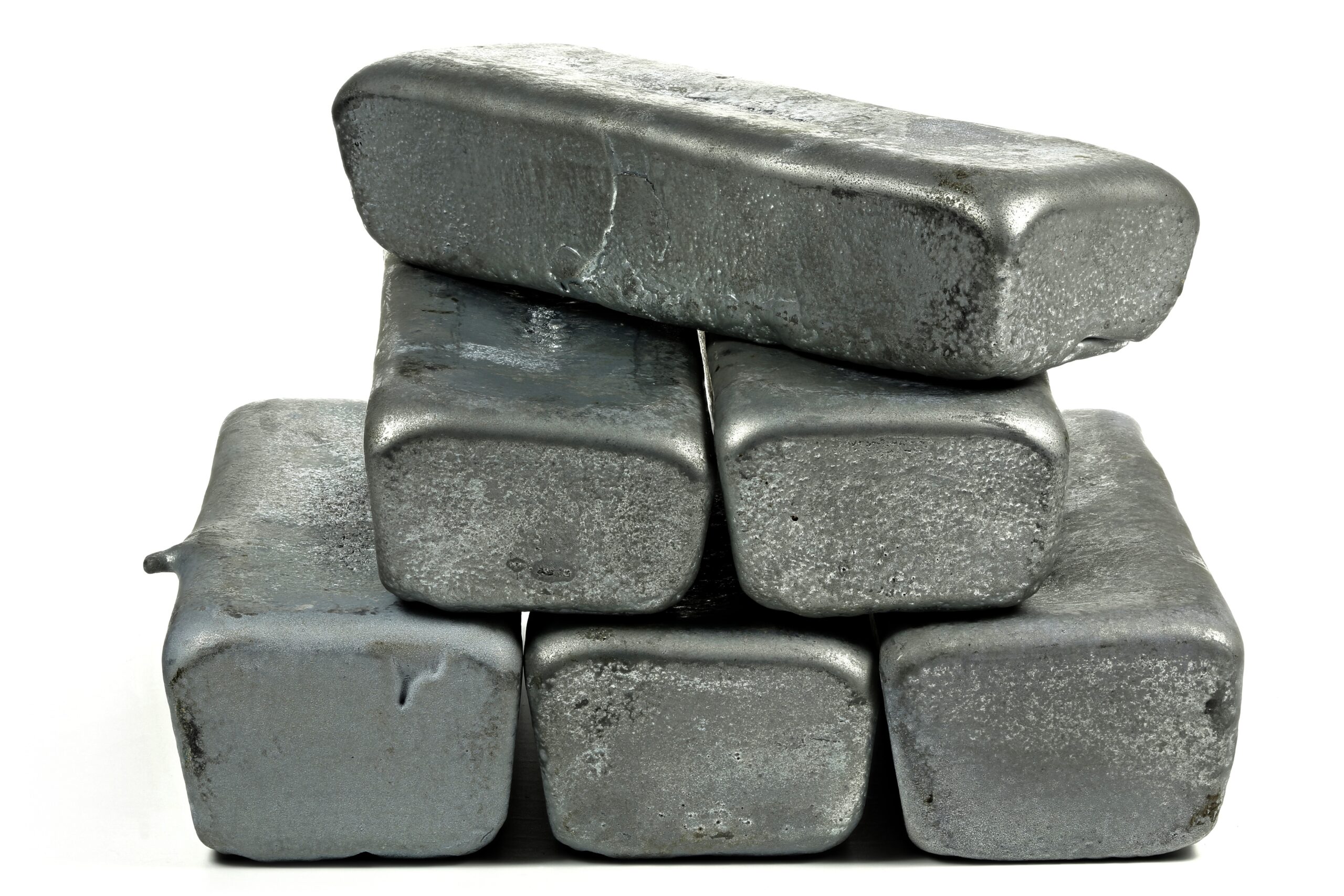Ballast lead, a heavy metal with high density properties, has found its applications in a wide range of industries. The term “ballast” refers to a material used to provide stability, balance, or counterweight to various structures, systems, or vehicles. Ballast lead, due to its superior density and malleability, has become a preferred choice for manufacturers of ballast products. In this article, we will explore the various uses of ballast lead and how it enhances the performance and reliability of different applications.
The Importance of Ballast in Various Industries
Ballast materials play a critical role in numerous industries by providing stability, balance, and counterweight to different systems, structures, and vehicles. From marine vessels to railways, construction to automotive, the reliable functioning of these industries heavily relies on ballast products.
Understanding Ballast Lead and its Properties
Ballast lead is a specialized form of lead that possesses high density, making it ideal for ballasting purposes. With a density measuring approximately 11.34 grams per cubic centimeter, ballast lead provides exceptional weight to volume ratio, ensuring efficient ballasting applications.
Enhancing Stability in Marine Industry with Ballast Lead
In the marine industry, ballast lead plays a crucial role in maintaining the stability and balance of ships and boats. Ballast lead is used as internal ballast to counterbalance the weight of cargo, passengers, or equipment, preventing tipping or capsizing. It enables vessels to navigate through turbulent waters and provides stability during loading and unloading operations.
Railways: The Unseen Role of Ballast Lead
Ballast lead is an essential component of railway tracks, providing stability and support to the entire railway infrastructure. It is used as a weighted material beneath the rail tracks to distribute the load of trains and maintain track alignment. Ballast lead helps to absorb vibrations caused by moving trains, reducing the stress on the tracks and ensuring a smooth and safe journey for passengers and goods.
Ballast Lead in Construction: Ensuring Stability and Safety
In the construction industry, ballast lead is extensively utilized to enhance the stability and safety of structures. From anchoring rooftop structures to reinforcing concrete structures, ballast lead provides the necessary weight and stability to withstand external forces such as wind, seismic activities, or heavy loads. It ensures the structural integrity and longevity of buildings, bridges, and other infrastructure projects.
Automotive Industry: The Crucial Role of Ballast Lead
Ballast lead finds a significant application in the automotive industry, particularly in racing and high-performance vehicles. It is strategically placed to optimize weight distribution, improving acceleration, cornering, and overall handling. Ballast lead allows drivers to fine-tune the balance and stability of their vehicles, optimizing performance on the race track or in adverse driving conditions.
The Role of Ballast Lead in Sports and Recreation
Ballast lead plays a vital role in various sports and recreational activities. In sailing, ballast lead is used as keel ballast to maintain the balance and stability of sailboats. In recreational shooting, ballast lead is used in bullet ammunition to achieve desired weight and velocity, ensuring accurate trajectory. Additionally, it is utilized in sports equipment such as diving belts, fishing sinkers, and weightlifting plates.
The Environmental Impact of Ballast Lead and its Safe Handling
While ballast lead has numerous applications, it is vital to address its environmental impact. Proper handling, disposal, and recycling of ballast lead are crucial to prevent any potential harm to the environment. Strict regulations and guidelines must be followed to ensure the safe use and sustainable management of ballast lead materials.
Conclusion:
Ballast lead has become an indispensable component in various industries, contributing to stability, safety, and enhanced performance. Its dense properties serve as effective counterweights, providing stability to marine vessels, railways, structures, automotive vehicles, and even in sports and recreational activities. As the demand for reliable ballasting solutions continues to grow, it is imperative to ensure responsible usage and safe disposal of ballast lead materials to minimize environmental impact.
